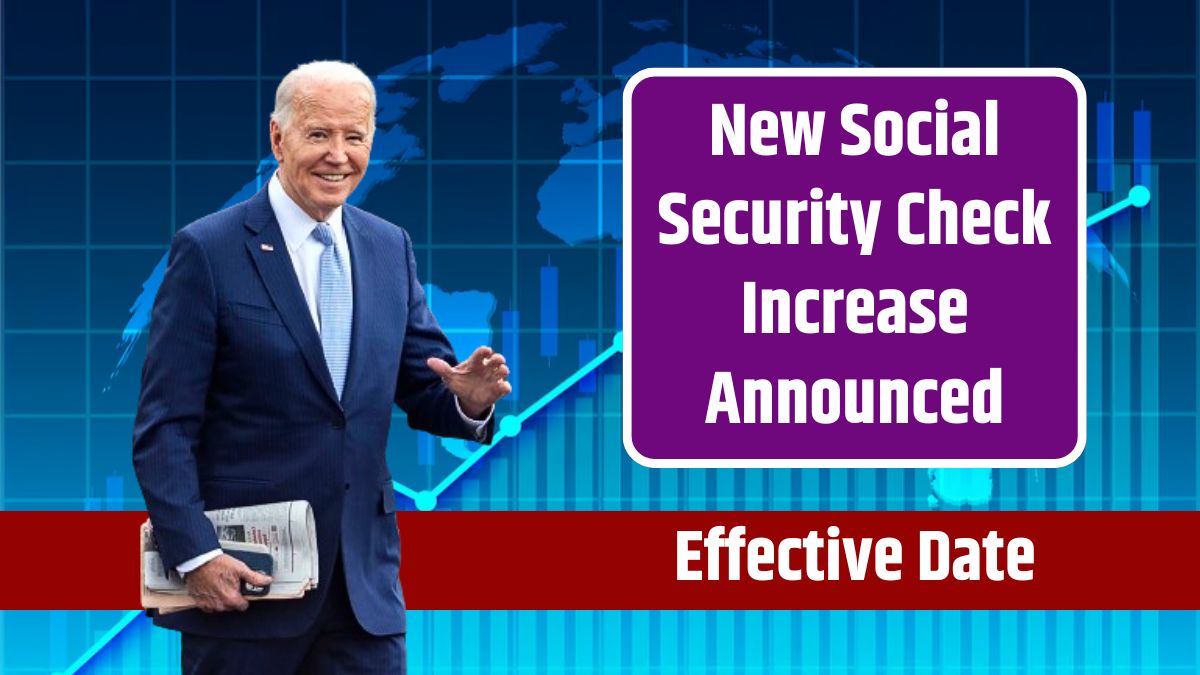On October 1, millions of Supplemental Security Income (SSI) recipients will benefit from a new law that took effect on September 30. The Social Security Administration (SSA) has made significant adjustments to the SSI program, expanding benefits and removing barriers for applicants.
These changes will impact individuals and children who are blind, disabled, or over 65 with little or no resources or income. If you qualify for SSI or plan to apply, it’s crucial to know these new modifications and how they affect you.
Increased Benefits
Around 7.4 million Americans rely on SSI to cover their expenses alongside Social Security benefits. Under the new law, food will no longer be considered in determining eligibility for benefits known as in-kind support and maintenance (ISM). Previously, assistance with housing or food could reduce payments or change eligibility. Now, this won’t be counted as unearned income, which is a relief for many recipients.
To qualify for SSI, a person must earn less than $1,971 per month from work, and individual or couple resources must not exceed $2,000 or $3,000. These resources include money or assets convertible to cash, such as stocks, bonds, real estate, and bank accounts.
Relief for Seniors
With rising food and grocery prices, the new rule offers much-needed relief for SSI recipients. According to Thomas Foley, executive director of the National Disability Institute, SSI recipients are among the most food-insecure populations in the country.
The new rule will likely result in fewer overpayments and underpayments of benefits, thus increasing financial security. Recipients won’t have to worry about their monthly benefits being reduced by the value of groceries or meals they receive from friends or family.
Administrative Efficiency
The Arc, an advocacy organization for people with intellectual and developmental disabilities, supports the new rule, which will free up SSA resources previously used to record instances of free food received by recipients.
This could have reduced their monthly income by up to a third. Milburn from The Arc emphasized that removing these barriers represents a significant step in addressing some of the most burdensome laws affecting disabled SSI recipients. The SSA plans more improvements for SSI applicants and recipients in the near future.
Application Process
Applying for SSI requires meeting strict medical and financial criteria. Applicants must have a severe physical or mental disability expected to last at least 12 months or result in death, and they must provide medical documentation. Additionally, they must prove their inability to find meaningful work in the economy.
The SSI program provides financial assistance to older adults and disabled individuals with little or no income or resources. Payments can be up to $943 for individuals, $1,415 for couples, and an additional $472 for those who qualify under the Essential Person (EP) category.
In conclusion, the new law represents a significant improvement for SSI recipients, offering expanded benefits and reducing administrative burdens. This change ensures that recipients can better manage their finances without worrying about reductions due to non-cash support.
FAQs
What is the new SSI law about?
The new law excludes food from ISM considerations for SSI benefits.
How many Americans benefit from SSI?
Approximately 7.4 million Americans receive SSI benefits.
How does the new rule help with food costs?
SSI benefits won’t be reduced by the value of food received from others.
What are the income limits for SSI eligibility?
Individuals must earn less than $1,971 per month to qualify.
How much can SSI recipients receive?
Individuals can receive up to $943; couples up to $1,415.
